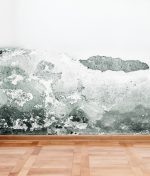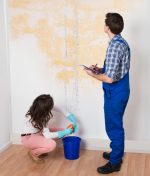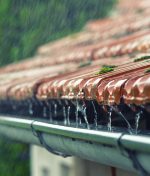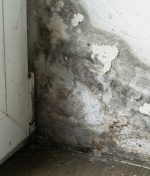What Are the Most Overlooked Sources of Water Damage in Homes?
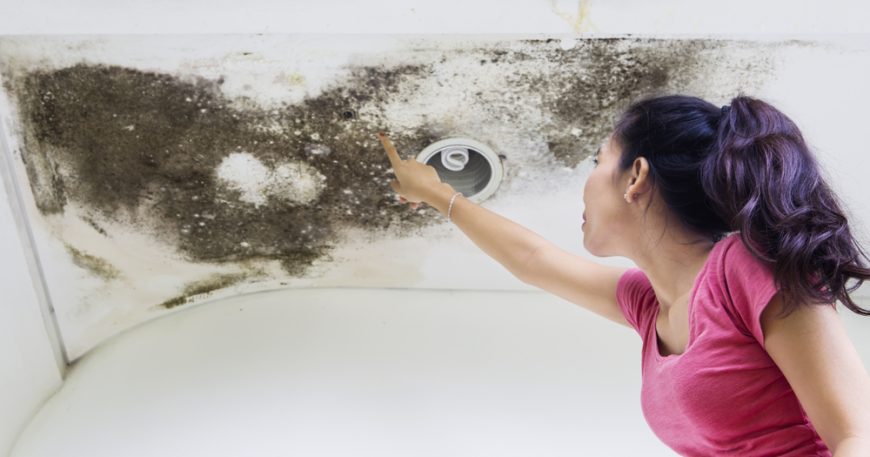
- October 7, 2025
- byadmin
- Flood Restoration
When people think of water damage, they often imagine floods, burst pipes, or major appliance malfunctions. But some of the most destructive sources of water damage are slow, silent, and often overlooked—until it’s too late. At RAMM Water Restoration in San Diego, we’ve seen firsthand how hidden water threats can escalate quickly. We’ll explore the most commonly missed culprits and how to stay ahead of them.
1. Slow Leaks Behind Walls
Water lines running through walls can develop pinhole leaks due to corrosion, pressure changes, or shifting pipes. Since they’re hidden, these leaks may go undetected for months, soaking insulation, drywall, and framing materials.
Warning signs include:
- Musty odors
- Peeling paint or bubbling wallpaper
- Unexplained spikes in water bills
By the time water stains show on walls or ceilings, the damage can be extensive and may even require mold remediation.
2. Window and Door Seals
San Diego homes often have beautiful natural light—but windows and doors can also be weak spots for moisture intrusion, especially when seals degrade over time. Wind-driven rain can seep in and soak the surrounding framing, which may rot slowly and become a breeding ground for mold.
Tip: Check seals annually and after major storms. Reseal or replace caulking if there’s any cracking or peeling.
3. HVAC System Condensation
HVAC systems naturally generate condensation, which should be routed safely away through drainage lines. However, when drip pans overflow or lines become clogged, water can back up into ceilings, walls, or attics.
Routine maintenance of your HVAC system isn’t just about efficiency—it’s also critical for avoiding hidden water damage.
4. Under-the-Sink Cabinets
Kitchen and bathroom cabinets often hide slow leaks from supply lines or drainage pipes. These small drips can warp wood, encourage mold, and damage stored items before you notice a problem.
To prevent this:
- Check under sinks monthly
- Feel around for moisture
- Use water sensors if you have history of leaks
5. Washing Machine Hoses
Rubber washing machine hoses are under constant pressure and can deteriorate with age. A split hose can release gallons of water per minute, flooding your laundry area.
Prevention tip: Upgrade to braided stainless steel hoses and replace them every 5 years, even if they appear fine.
6. Attic and Roof Leaks
Even in dry San Diego, occasional rain can sneak into your home through roof damage, cracked flashing, or missing shingles. The attic, being less frequently accessed, can harbor water damage for years before signs like ceiling stains appear.
Regular roof inspections and attic checks are essential to spot problems early.
7. Exterior Drainage and Landscaping
Improper drainage around your home can push water toward your foundation rather than away from it. Over time, this can lead to basement or crawlspace flooding and even foundation damage.
Common landscaping issues that contribute:
- Downspouts that don’t extend away from the house
- Sloping soil that directs water inward
- Overwatering near the foundation
8. Toilet Tank Seepage
Toilets may appear fine, but internal components can fail. A worn-out flapper or fill valve may allow water to constantly run or leak slowly down the back of the toilet and into the flooring below.
Keep an ear out for phantom flushing or running water sounds. These often indicate a problem needing attention before it causes floor rot or mold beneath vinyl or tile.
9. Dishwashers and Refrigerator Water Lines
Appliance water lines—especially those powering ice makers and dishwashers—are often tiny, hidden, and rarely checked. Over time, vibration and heat can loosen or crack fittings, leading to steady drips behind your kitchen cabinetry.
Inspect lines during your regular home maintenance routine and replace any worn or brittle tubing.
10. Mold from Forgotten Moisture
Where there’s hidden water, mold often follows. Areas like under carpets, behind baseboards, or inside poorly ventilated bathrooms can trap moisture long after the source is gone. Even if you dried up a spill or leak, the underlying materials may still be damp enough for mold to grow.
If you notice persistent odors or allergy symptoms, mold remediation may be necessary to fully restore the air quality and safety of your home.
How We Can Help
At RAMM Water Restoration, we understand how devastating water damage can be—especially when it sneaks up on you. What sets us apart is our compassionate and friendly approach. We’re not just here to dry out your home; we’re here to walk you through a stressful situation with care, transparency, and expertise.
From emergency flood response to detailed mold remediation, our team in San Diego treats your property as if it were our own. We believe in restoring more than just homes—we restore peace of mind.
If you suspect water damage or want a preventative inspection, reach out to RAMM Water Restoration today. We’re here to help, every step of the way.


